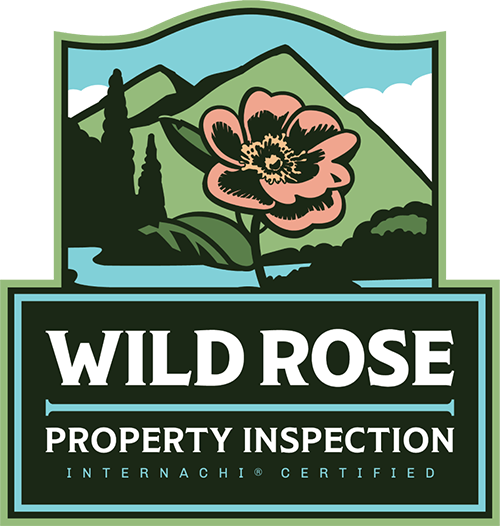Welcome, parents! Watching your little ones develop, crawl, and eventually conquer the terrain of your home is an exciting journey. But before they turn your living room into a high-speed obstacle course, let’s talk about making your home safe. Here are our top baby-proofing tips to help keep your child safe at home.
The Crawl Test: Seeing Things from Their Perspective
First things first, get down on your hands and knees. Yes, really! What looks safe from your adult vantage point might be a trove of hazards from a baby’s eye level. Look for dangling cords, sharp edges, loose objects, and anything that could be grabbed, pulled, or ingested. This exercise provides a realistic view of potential dangers and will guide your baby-proofing efforts.
Baby-Proofing Tips: Securing the Kitchen
The kitchen is a hotspot for potential hazards. Cabinets and drawers are prime targets for curious hands. Install childproof locks on all lower cabinets and drawers, especially those containing cleaning supplies, sharp utensils, or anything that could be harmful. Appliance and cabinet locks are available to prevent little ones from opening them. Keep all chemicals and cleaning products in their original containers, stored high and out of reach. Cover stove knobs with knob covers to prevent accidental ignition. And, of course, keep all sharp objects, like knives and scissors, securely stored.
Bathroom Basics: Water and Beyond
Bathrooms present unique dangers due to water and slippery surfaces. Install toilet lid locks to prevent drowning risks. Use non-slip mats in the bathtub and on the bathroom floor. Lower the water heater thermostat to 120°F (49°C) to prevent scalding. Store all medications, toiletries, and cleaning products in locked cabinets or high shelves. Unplug and store all electrical appliances, like hair dryers and curling irons, when not in use.
Baby-Proofing Tips: Living Room and Bedroom Safeguards
In the living room and bedrooms, focus on securing furniture. Use furniture straps to anchor heavy items like bookshelves, dressers, and televisions to the wall. This prevents them from tipping over. Cover sharp corners of furniture with corner guards. Secure all window blind cords to prevent strangulation hazards. Install safety gates at the top and bottom of stairs and in doorways to restrict access to unsafe areas. Keep all small objects, like coins, buttons, and batteries, out of reach. Electrical outlets are another concern; install outlet covers or safety plugs in all unused outlets.
Window and Door Safety: Escape Prevention
Windows and doors are another potential danger. Install window guards or stops to prevent windows from opening too wide. Keep doors locked when not in use, and install door knob covers or locks to prevent little ones from opening them independently.
Ongoing Vigilance: The Ever-Changing Landscape
Baby-proofing is not a one-time task. As your child grows and develops new abilities, the potential hazards change. Regularly reassess your home and make adjustments as needed. Stay vigilant and proactive in maintaining a safe environment.
Baby-proofing is about creating a safe and secure environment where your child can explore and grow without unnecessary risks. It’s a continuous process, adapting as your little one develops. Addressing potential hazards will help prevent accidents and provide peace of mind.
FAQs About These Baby-Proofing Tips
When is the best time to start baby-proofing?
Ideally, start baby-proofing before your baby becomes mobile. Around the time they begin crawling is a good benchmark.
Are there any specific products that are essential for baby-proofing?
Yes, some essentials include cabinet and drawer locks, outlet covers, furniture straps, safety gates, and corner guards.
How do I handle pets and baby-proofing?
Consider your pet’s habits and make sure they don’t have access to areas where the baby will be. Keep pet food and water bowls out of reach of the baby.
What about plants? Are they safe?
Many houseplants can be toxic. Research the plants in your home and remove or relocate any that could be harmful.
Should I worry about small rugs or mats?
Yes, small rugs or mats can be tripping hazards. Secure them with rug tape or remove them from areas where your child plays.
How do I know if I’ve baby-proofed enough?
Constant supervision is still paramount. There isn’t a “perfect” level. If you’ve addressed the key areas and hazards, you’ve made significant progress. Trust your instincts and always err on the side of caution.
Wild Rose Property Inspection provides home inspection services to customers in the Alberta area. Contact us to schedule an appointment.

